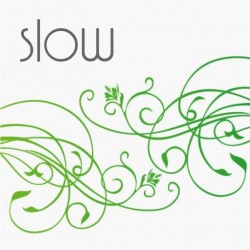Your shopping cart is empty!
MENU

Plants come in all shapes and sizes and can be divided into two distinct categories: fast-growing plants and slow-growing plants. While both types have their advantages and disadvantages, understanding the positive and negative aspects of slow-growing plants is important to gardening success.
Slow-growing plants take longer to reach maturity, but they require less maintenance. Because they are slower to reach maturity, they are more drought-tolerant, can withstand colder temperatures and generally require less resources to thrive. Plus, they tend to have a longer lifespan, and can remain healthy for years with proper care.
The downside of slow-growing plants is that they may not provide the same amount of color and charm as fast-growing plants. For instance, if you’re looking for a burst of color in your garden in a short amount of time, slow-growing plants may not give you the desired effect.
For gardeners looking to maximize their garden’s beauty and efficiency, slow-growing plants are an ideal option. They are low-maintenance, drought-tolerant, and can provide a more permanent solution for gardeners who want to enjoy their flowers and vegetables for many years. For example, a slow-growing shrub like lavender can provide a beautiful, fragrant backdrop to your garden while requiring minimal maintenance.
When considering slow-growing plants, it’s important to choose plants that are suitable for your climate. Certain slow-growing plants may thrive in cooler areas, while others may require more heat. Additionally, be sure to research the soil and water requirements of the plants you’re considering.
Slow-growing plants can be a great way to add color and charm to your garden, while requiring minimal maintenance. With the right research and selection, slow-growing plants can be an excellent addition to any garden.